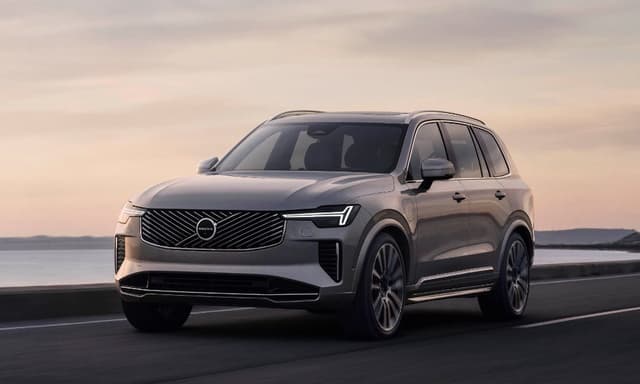Turbocharging in Cars- How does it work?

Highlights
The engine is one of the most important components of the entire car system. It provides the power that helps the car operate. Without the engine, the car will cease to travel. Turbocharging fits perfectly into this need of making the engine work more efficiently. An efficiently working engine can be used to increase the maximum speed as well as increase the distances that can be covered at one go.

Photo Credit: pixabay.com
What is turbocharging?
In simple words, turbocharging is a process of increasing the engine's power. The process of turbocharging includes pushing more air into the cylinders of the engine, which, combined with extra fuel, provides a bigger bang inside the cylinder. A bigger bang means more power generated by the engine and better performance.

Photo Credit: pixabay.com
Turbocharger
Turbocharger is a device fitted inside a car's engine. The function of the turbocharger is to compress more air inside the engine that packs the molecules together. More packing means more spacing for the addition of extra fuel. This improves the overall efficiency and performance of the entire engine!
How does turbocharging work?
There are four strokes that play here when turbocharging takes place. Firstly, the process of intake happens where the intake valve opens, and fuel is taken in. Secondly, the intake valves are closed that compresses the fuel. In the third step, the fuel is ignited while the valves are closed. Finally, the exhaust valve opens that pushes out the burnt fuel. This process repeats over and over.
The inclusion of turbocharger introduces turbine, compressor, and intercooler into the system. The inclusion of the turbine makes it easier for the compressor to draw in more air so that turbocharging can happen. A connecting rod connects the turbine and the compressor. The intercooler works at the final stages (lowers the temperature of the air and increases its density), and thus, more power is generated by the engine.

Photo Credit: pixabay.com
Turbo Lag
When a turbocharger is working at full force, the time between the rush of the torque and mashing of the throttle is turbo lag. So, when the driver pushes on the accelerator pedal, a ‘lag' or delay can be felt that occurs while enough boost and torque is being generated. This can cause problems to the driver, but there are ways to counter this:
- Adding Nitrous Oxide: Adding Nitrous Oxide to the cylinder gives it a push that can be essential in generating more energy.
- Adding a wastegate: The addition of a wastegate/exhaust can be useful in removing the excess exhaust pressure.
- Sequential Turbocharging: This is a smooth process to reduce lag. A smaller turbo starts the turbocharging process. A second bigger turbo then takes over and furthers the process.














